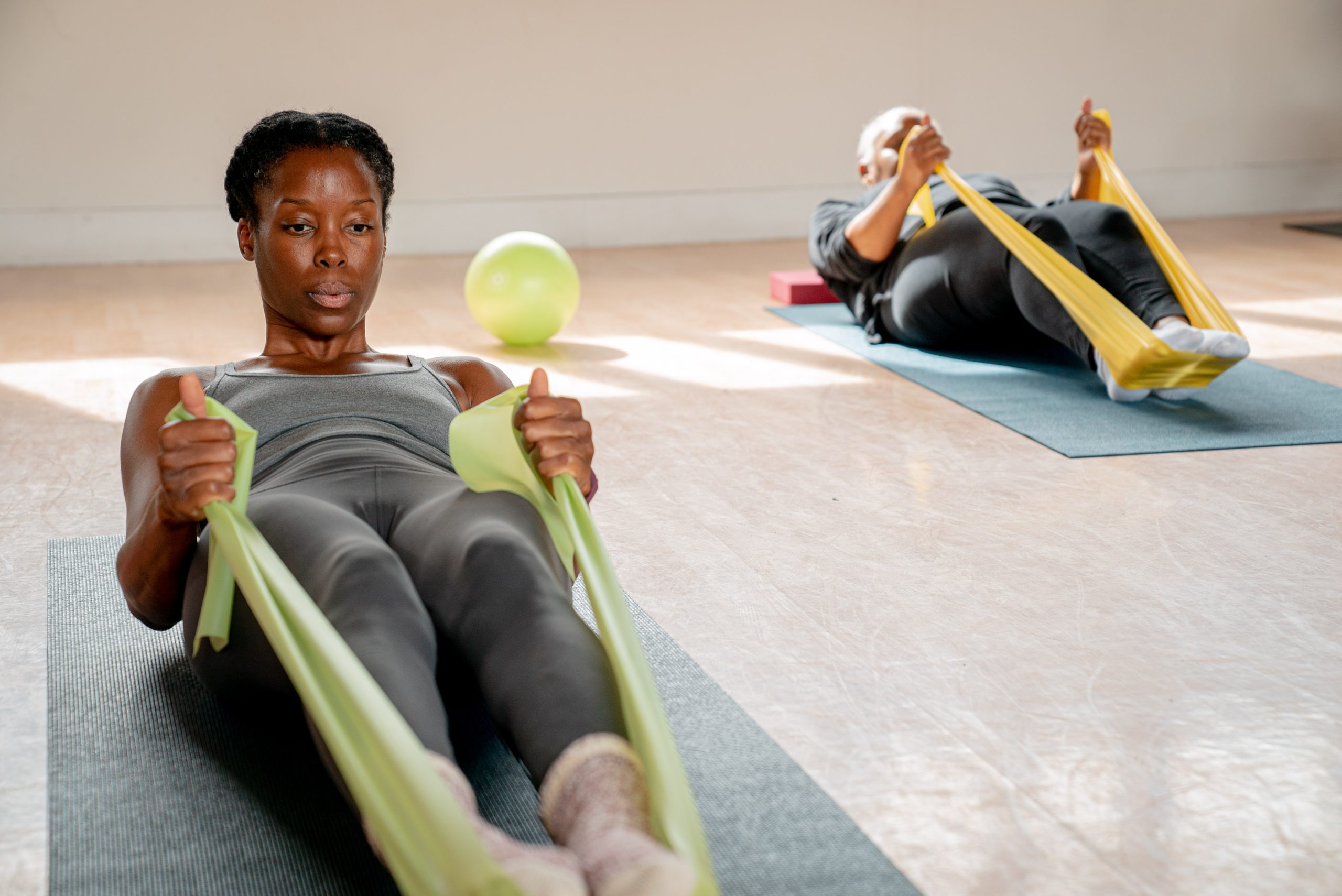Top 10 Skills to help you achieve your qualification
|
Completing your fitness qualification can unlock your future career in the fitness industry. Take a look at our top 10 study skills which will help you to achieve your qualification whilst managing your time:
Set clear goals
Define your objectives. Are you aiming for a Level 2 or Level 3 qualification? When do you want to achieve the qualification? Knowing your end goal will help you stay motivated and focused.
Choose the right course for you
Good news – we have several delivery formats to suit you – face–to–face, blended, virtual courses which offer a flexible approach to learning and 27/4 access to course content via our learning platform. All of our courses are CIMSPA endorsed meaning that you will gain the most up to date quality assured qualifications.
Create a study schedule
Allocate specific time slots for studying. Consistency is key. Most of our qualifications require you to complete self-study alongside the tutor-led sessions. Break down the content/units into manageable chunks – assessment deadlines have been set for you to help you achieve your qualification in a timely manner – stick to these to ensure you don’t fall behind.
Utilise interactive learning resources
As a YMCAfit learner you have access to digital manuals, online workbooks, and eLearning via our online learning platform. Depending on the qualification and delivery model, you may also have access to video resources and webinars. Take advantage of these resources which are accessible 24/7.
Stay engaged
Participate in online forums, webinars, or discussion groups related to the fitness industry. We’re a friendly bunch – connect with fellow learners and share insights.
Practice practical skills
While understanding theory is an integral aspect of every qualification, don’t neglect practical aspects like practice exercises, programme design, and client assessments. Our courses will always require you to deliver practical aspects either through face-to-face or video assessments.
Effective note-taking
Summarise key points from each unit/topic. Use digital tools or handwritten notes. Review your notes regularly to reinforce learning. You can use ‘read aloud’ functions to help you revisit the notes you made.
Self assessment and quizzes
Test your knowledge with quizzes and the use of flash cards – rope in friends and family to test your knowledge! Identify weak areas and revisit those topics.
Stay active and healthy
Aspiring fitness professionals should embody a healthy lifestyle. Prioritise exercise, nutrition, and sleep. A healthy body and mind enhance your ability to learn effectively, so practice what you preach!
Seek support and feedback
Reach out to our Student Support team and experienced tutors for clarification or guidance.
Remember, undertaking a fitness qualification is not just gaining practical skills. You’ll need to pass theoretical assessments and case studies to become an industry-leading professional. Best of luck on your journey!





